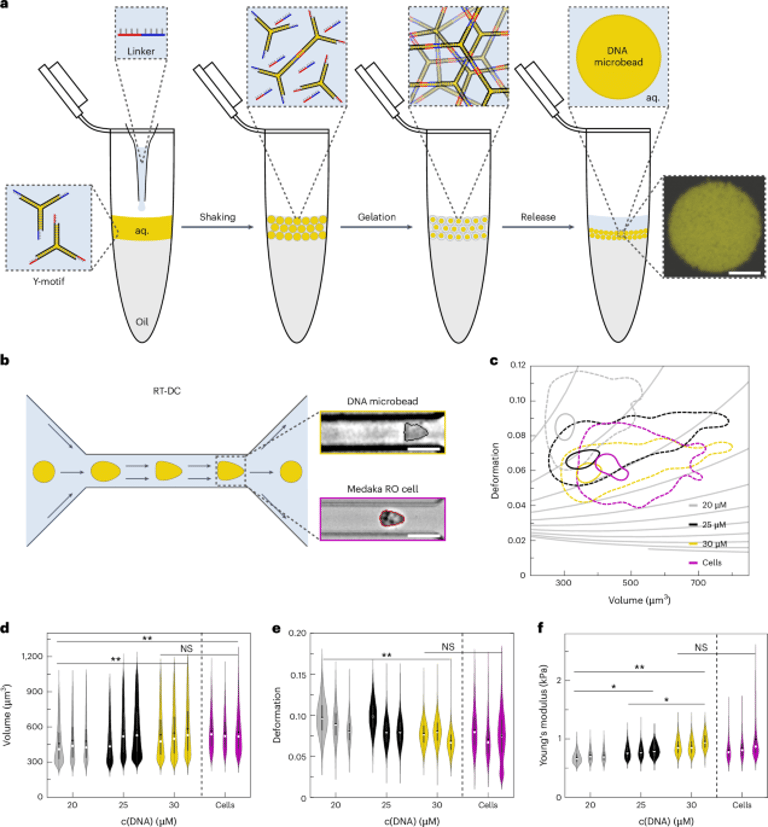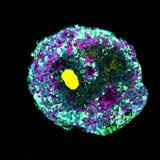Revolutionary DNA Microbeads Enhance Organoid Development, Mimicking Real Tissues
September 9, 2024
The technique was tested on retinal organoids derived from the Japanese rice fish medaka, which develop significantly faster than other organoid models.
Experts believe this advancement could accelerate research in human development and disease, as well as improve organoid-based drug research.
The microbeads can release growth factors or signaling molecules at specific times and locations within the organoid, resulting in more complex and realistic tissue structures.
A groundbreaking molecular engineering technique has been developed, allowing for precise control over organoid development through the use of customizable DNA microbeads.
These DNA microbeads can transport various signaling molecules tailored for different tissue types, enhancing their functionality.
In addition to being customizable in mechanical properties, these microbeads are scalable for production and biocompatible with organoid cultures.
This innovative technique was created by an interdisciplinary team from Heidelberg University, the Max Planck Institute for Medical Research, and the Cluster of Excellence '3D Matter Made to Order'.
The study demonstrates that internal morphogen gradients can effectively guide organoid development, addressing limitations associated with traditional external morphogen supplementation.
In experiments, DNA microbeads loaded with a Wnt agonist significantly enhanced the diversity of cell types in retinal organoids, closely simulating an in vivo retinal environment.
For the first time, researchers successfully induced retinal pigment epithelial cells to form adjacent to neural retinal tissue using localized release of signaling molecules.
The research findings were published in the journal Nature Nanotechnology, marking a significant step forward in organoid technology.
Organoids, which are miniature organ-like structures derived from stem cells, are essential for advancing research on human development and disease.
Summary based on 3 sources
Get a daily email with more Science stories
Sources

Phys.org • Sep 9, 2024
New molecular engineering technique allows for complex organoids
ScienceDaily • Sep 9, 2024
New molecular engineering technique allows for complex organoids